Pantone releases its Colour of the Year annually, inspiring a plethora of products paying tribute to the newly crowned hue. This year, the shade in question, Very Peri, a purple of sorts, can, too, be applied to wine. When it comes to colour, wine is often categorized as existing in one of three bins: red, white or rosé. In truth, a multitude of shades exist on a spectrum, from the palest straw of a light-bodied vino verde to the inky depths of a malbec from Cahors, to yellows and reds with hints of green, blue and brown.
So where does the purple tone come from (or salmon, or garnet, or gold, or copper)? Aside from artificially coloured wines (sacrilege!), the colour and intensity of a wine derives from several notable factors. Grape varietal is a relatively easy place to start; Beaujolais Nouveau made with gamay grapes as well as Valpolicella tend to make pale, purple wines, while medium-purple wines can be made with malbec and syrah. At the deep end (of wines, not the U.K. rock band), pinotage, zinfandel and cabernet sauvignon can pack a dark-purple punch.
Curiously, red wines with higher acidity tend to have more red-based hues, whereas wines with lower acidity are “bluer,” and, given that wines with higher acidity are better suited to aging, it’s no surprise that you won’t see too many positively purple examples of older vintages. The colour of wine also evolves with age as pigments oxidize; often, a bright-purple colour indicates a youthful wine and, as it ages, it transitions into ruby, then garnet, then tawny brown. The saturation of the colour, sometimes known as opacity or intensity, is largely due to the thickness of the grape skin and the nature and length of skin contact with the juice during winemaking.
While all of this paints a pretty picture, the question remains: which big, bold red to choose, and what to pair it with? The endless selection of grape varietals and styles makes it impossible to give any blanket guidance here, so best to gather a few friends (and a few of the bottles below) and taste your way to your favourite. —Janet Helou
Lost Peak 2019 Cabernet Sauvignon, Columbia Valley, Washington. The bold, expressive flavours of this Columbia Valley cab are like a great dessert course: black cherry, plum, chocolate and coffee. But the soft tannins make it an excellent pairing partner to a stewy beef bourguignon or a charcuterie platter.
Beringer Knights Valley 2019 Cabernet Sauvignon, Napa Valley, California. This richly coloured full-bodied Cali cab has structure, depth and elegance; without a doubt cellar-worthy but, if you simply can’t wait, highly drinkable now. Complex layers of wild bramble berry fruit, wild violets and notes of cocoa powder, dark chocolate, graphite and tobacco spice would be a sensational partner to a roast rack of lamb or cheese-stuffed portobello mushrooms.
CheckMate Artisanal Winery 2017 Black Rook Merlot, Oliver-Osoyoos, B.C. In chess, the rook can move only forward, backward, left or right at any time; this Black Rook, however, is anything but linear. Rich with dark fruits, cassis, anise, bramble fruit and coffee, the savoury tannins would “play” well with steak and garlic mushrooms, and red-fruit sauces.
Arboleda 2018 Cabernet Sauvignon, Aconcagua Valley, Chile. This beauty shows a bright ruby-red colour with violet shimmers, and a palate that’s dominated by raspberries, blackcurrant, sweet spice and tobacco, with a subtle savoury note. Duck breast with red wine sauce and a glass of Arboleda? Dream pairing.
CedarCreek Estate Winery 2019 Pinot Noir, Kelowna, B.C. This pinot noir is 100 per cent wild fermented in small vessels, both steel and concrete. The result is fruit-meets-savoury: blackberries, raspberries, mushrooms and cooking herbs that dance in a long, structured finish. A lovely partner to salmon or other fatty fish, or a simple margarita pizza.
Osoyoos Larose 2017 Le Grand Vin, Okanagan Valley, B.C. Le Grand Vin is Osoyoos Larose’s flagship Bordeaux-style blend; ripe cassis, dark berries, violet, savoury herb and toasty oak spice make for a balanced, structured and elegant sip. Highly age-worthy and positively perfect with filet mignon and strong cheeses like gorgonzola.
Terrazas de los Andes 2018 Malbec Reserva, Mendoza, Argentina. A beautifully structured, high-altitude malbec sourced from the Luján de Cuyo and Uco Valley of Mendoza. Fresh acidity and ripe tannins are supported by a plush, fruit-forward palate. A knock-out when paired with roasted herbed chicken or savoury mushroom-stuffed peppers.
Le Vieux Pin 2019 Équinoxe Syrah, Oliver, B.C. This one is for wine lovers who are more inclined toward the new-world exuberance and fruit-forward quality of big wines. Intriguing notes of violets, black pepper and a touch of baking spices and, with age, black olives and earthiness. Brilliant with New York steak or marinated tempeh with mushroom and peppercorn gravy.
Beaujolais Nouveau. Often considered a delightfully unserious wine, Beaujolais Nouveau is made with gamay grapes using carbonic maceration which results in a purple-pink wine with very bright, fresh-fruit character of cherry, strawberry, kirsch, bubble gum and banana notes. It’s released the same year as its harvest, every third Thursday in November, and intended for immediate drinking, so this one is best served chilled and swilled back without a care.
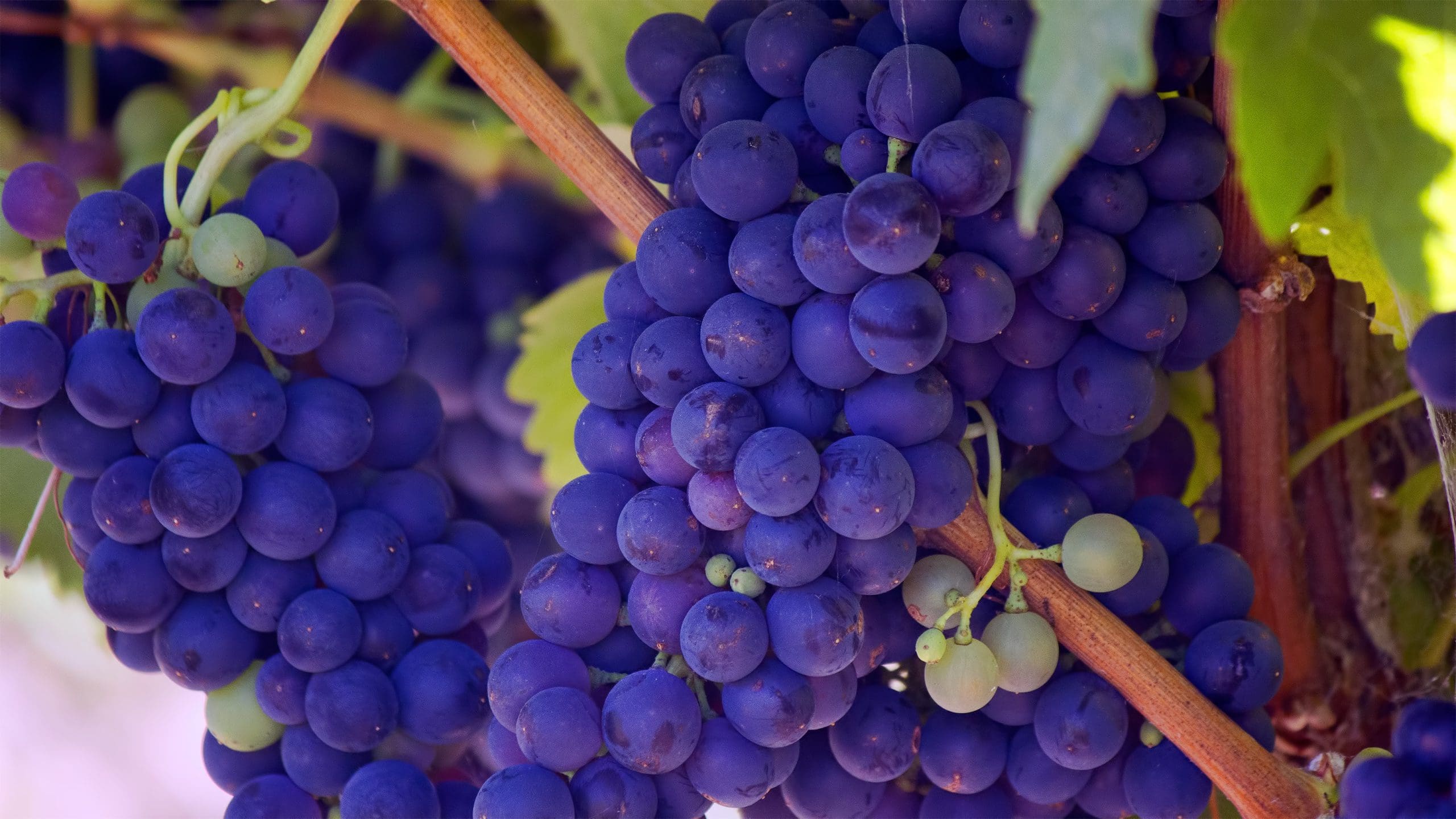
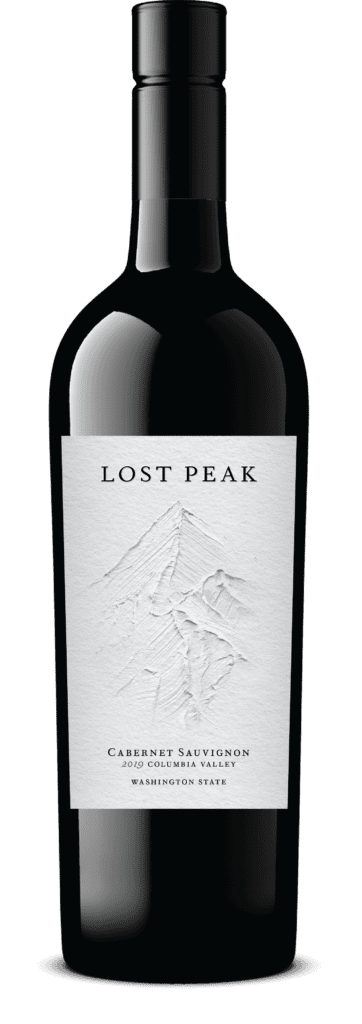
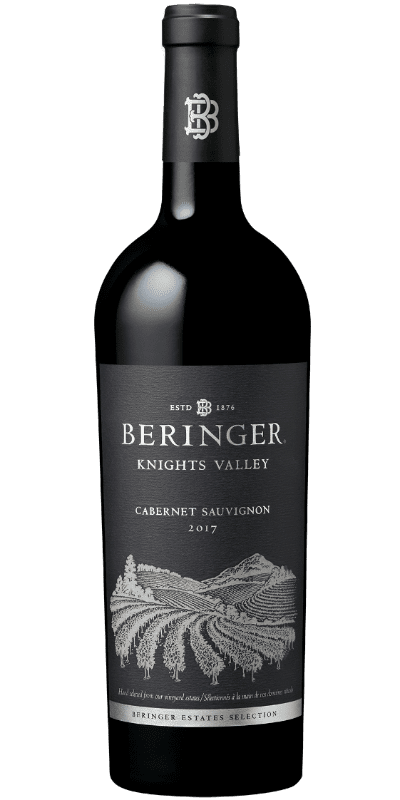
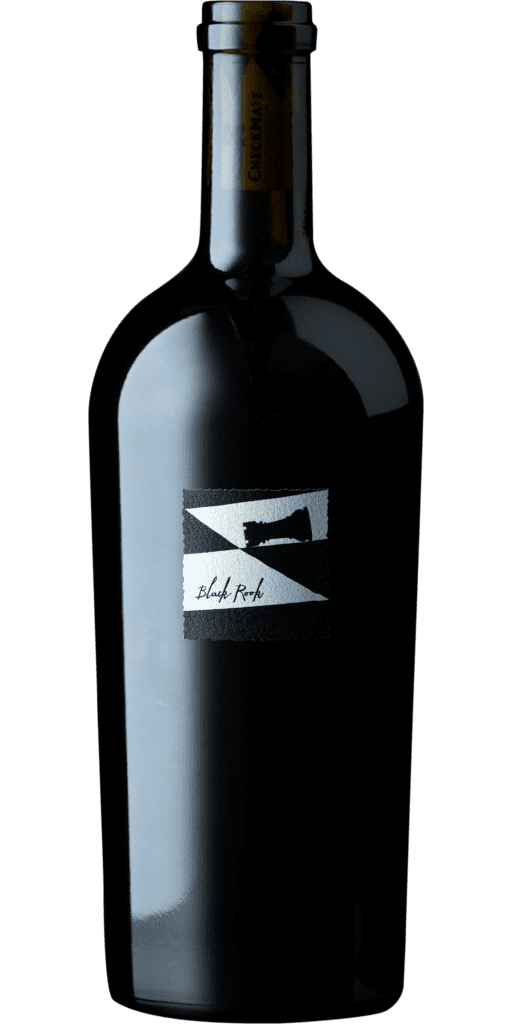
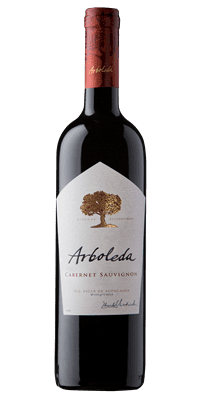

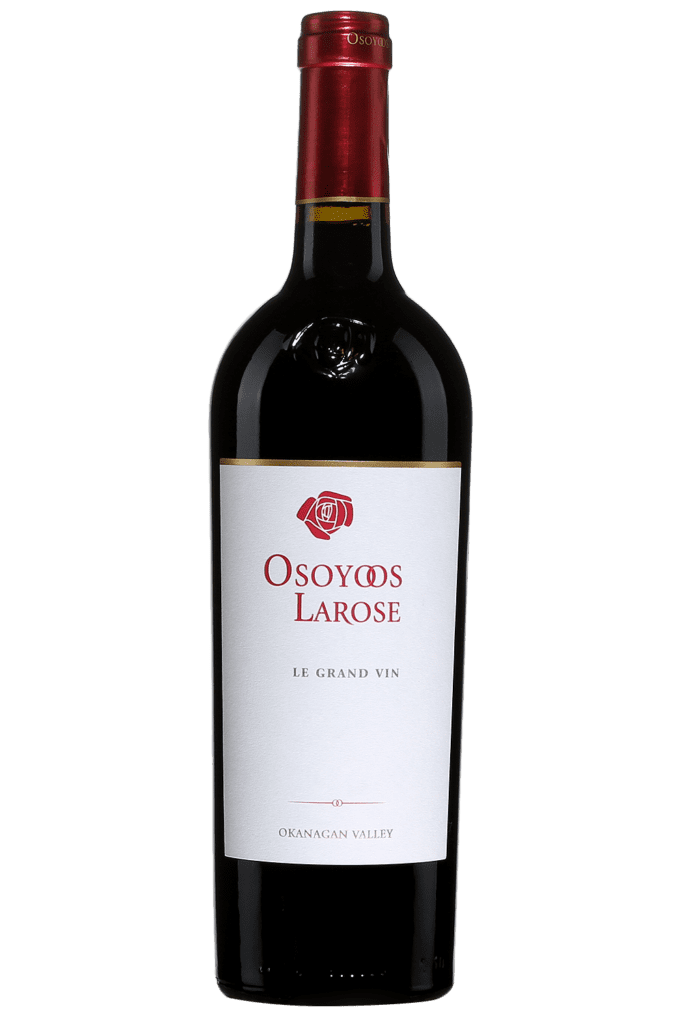
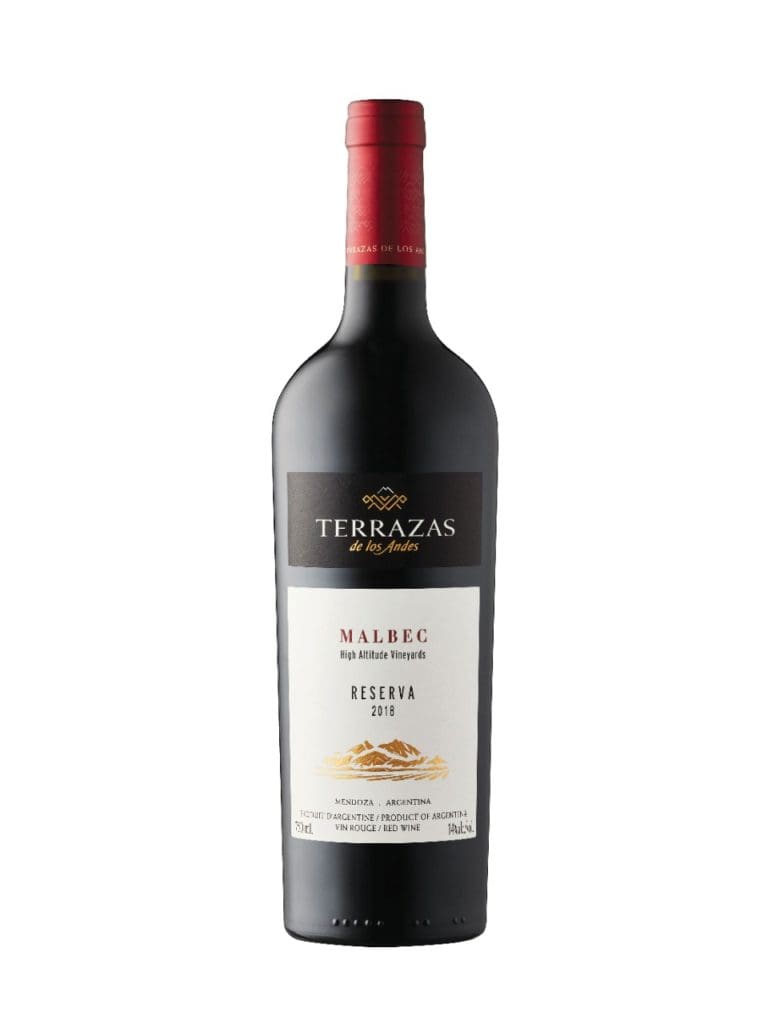
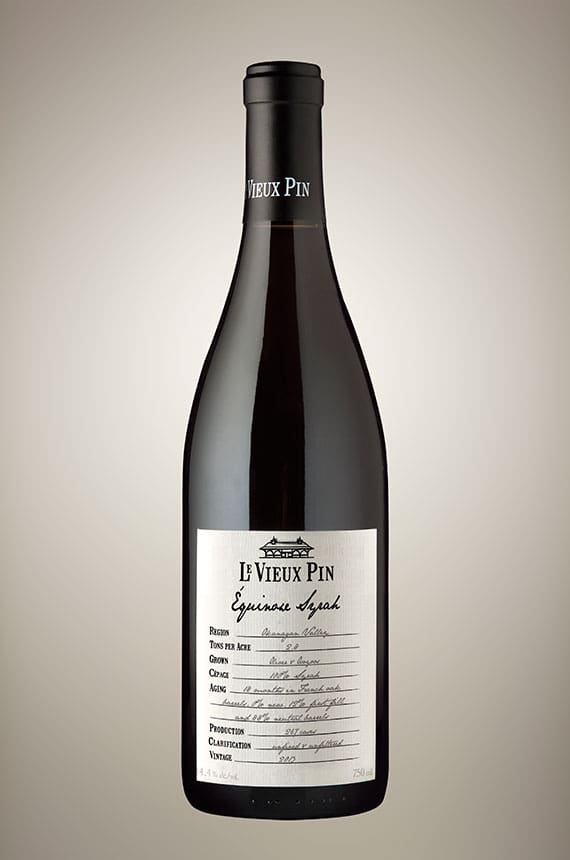

Be the first to comment